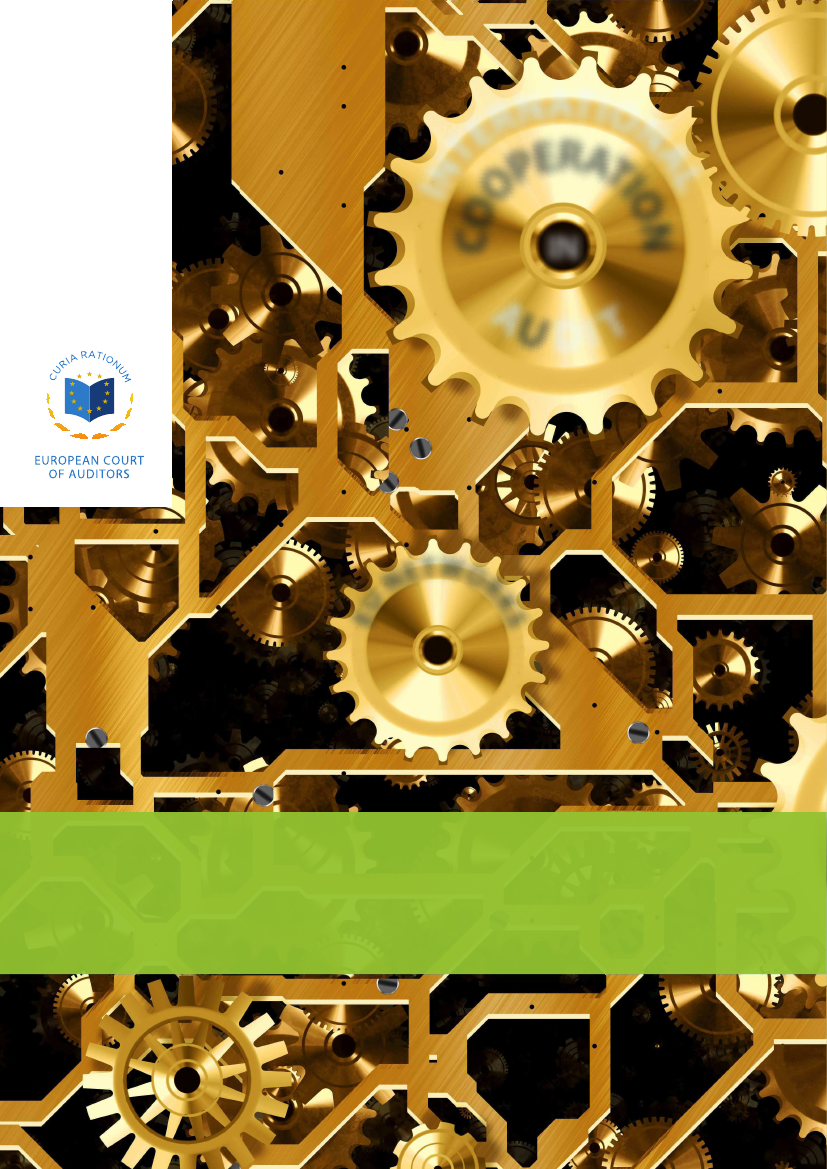
Journal
Journal
o
NN
o
1 1 1
|
|
NN O V.DD E C .2 2 0 1 8
O V. E C . 0 1 8
Special theme
I
NT
COO
NATION
R
E
ERAT
P
IN
AL
N
IO
A
U
DI
T
EU
E
T
WOR
N
KS
&
E
YO
N
D
B
“
International cooperation is key
for Europe and likewise for the ECA